Creating a Financial Plan for Startups: The Ultimate Guide
The top reason startups fail is because they run out of money, according to a 2020 survey by Wilbur Labs. And one of the main reasons they run out of money is because their financial planning consists of rosy projections of the best-case scenario, based on bad data — or no financial planning at all.
Creating a financial plan is essential to a startup’s success. For one thing, most investors need to see a startup’s financial plan before they even consider funding it. More importantly, a financial plan allows you to quantify your business assumptions, define specific benchmarks, plan for worst- and best-case scenarios, and measure your company’s success (even before you start making a profit).
The bottom line is: if you have expenses, you should have a financial plan. But you don’t need an accounting degree (or even an accountant) to get started.
What is startup financial planning?
Your startup’s financial plan is the roadmap that lays out the path for your company’s future financial success. In it, you make predictions and plans based on historical performance and industry research. Start with your company’s current financial situation, add in future goals and predictions, and strategize how to get there. Financial plans include details about:
- Fixed/variable expenses
- Revenue
- Gross/operating margins
- Profit potential and durability
- Break-even point
- Cash balance
- Cash flow changes
Don’t have all that information close at hand? That’s okay. The first financial plan you create may not be very detailed. You’ll keep building and tweaking it as your company iterates.
A financial plan is NOT the same as a business plan
A business plan is written in paragraphs. A financial plan is (traditionally) a giant Excel spreadsheet. It’s synonymous with Pro Forma financial, which is the finance industry term for three detailed reports: cash flow statement, profit and loss (P&L), and balance sheet. Financial planning is part of the due diligence process, which you’ll need to provide to investors prior to signing a Series A term sheet.
Financial planning is made up of several smaller activities:
These activities include:
- Creating a hiring plan
- Making projections about sales, expenses, cash flow, income statement, and balance sheet
- Analyzing projections
- Producing profit and loss statements
- Financial projections and modeling
- Analyzing internal controls
- Creating annual growth strategies
Before you start: collect data and tools
You can’t create a financial plan in a vacuum. First, you’ll need to assemble some critical things:

Data
Before you can accurately create a financial plan, identify and assemble all your existing financial data. What financial accounts (bank accounts, credit cards) are you using for your business income and expenses? Where/how are you doing your bookkeeping (e.g., QuickBooks, Xero, NetSuite), and is that information up to date?
You’ll need to import the above information into your financial plan. Updates can be done manually with a spreadsheet or automatically using software (more on that below). Generally, it’s better if updates can be automated so you know you’re looking at the latest data and can be more nimble with decision-making.
Tools
Now you need to decide what tools you’ll use to create a financial plan. Options include a spreadsheet, dedicated software, or outsourcing to a CPA.
If you opt for a spreadsheet, you can download an Excel or Google Sheet template from an online resource, or you can create it yourself. If you create it yourself, a finance analyst, HR manager, or office manager can maintain it, and then later, a CFO can run point on the whole process.
The problem with a spreadsheet is that it’s often too fragile for everyone to use collaboratively — it’s not automatically version controlled, and it’s too manual. That’s why you might choose software like Pry, Finmark, Brixx, or Causal. Obviously, we think Pry is the best choice for financial planning. But whatever you choose, the main reason to use software is it will scale as you grow.
Finally, you can hire a CPA to build a financial plan for you. This option can afford you some peace of mind. However, it costs a lot more than a DIY spreadsheet or software approach. Additionally, you’ll understand your business better if you create your financial plan internally.
Steps to create a financial plan
Startup financial planning can seem daunting at first, especially if you’re an early-stage founder and this is your first time. We’ll break it down below.
1. Visualize the end result
At the beginning of the financial planning process, you should sketch out long-term strategies and goals. If you’re pursuing a financing round, ask your investors about what metrics matter the most to them. That way you can bring those details to the forefront instead of burying them in a series of complex tabs.
A good starting point is to determine your company’s KPIs. What are the things you want to track and forecast? Remember that different metrics are important to different business models. For example, SaaS companies should include metrics like MRR (monthly recurring revenue), as well as bank balance and budget vs. actuals.
Thinking back to your best lever of growth, what will be your key milestones? This could include acquiring a certain number of customers, raising a round of fundraising, or making an acquisition.
This sounds like, “To reach X, we need to hit A, B, C, and D milestones. Here’s how we think we’ll get from A to B, then B to C, then C to D.” – Underscore VC

2. Pick the right template or software
It’s hard to create a generic template for all sorts of businesses, so find a template that matches your business model. Sometimes you can access these templates for free, like the one in this LinkedIn thread. Or you can download a template in exchange for your contact info, like this one for SaaS startups.
Of course, you can also choose software that creates this template for you instead of trying to retrofit some random online spreadsheet template. At Pry, we can customize reports and dashboards to your specific business model for $500 with our custom onboarding.
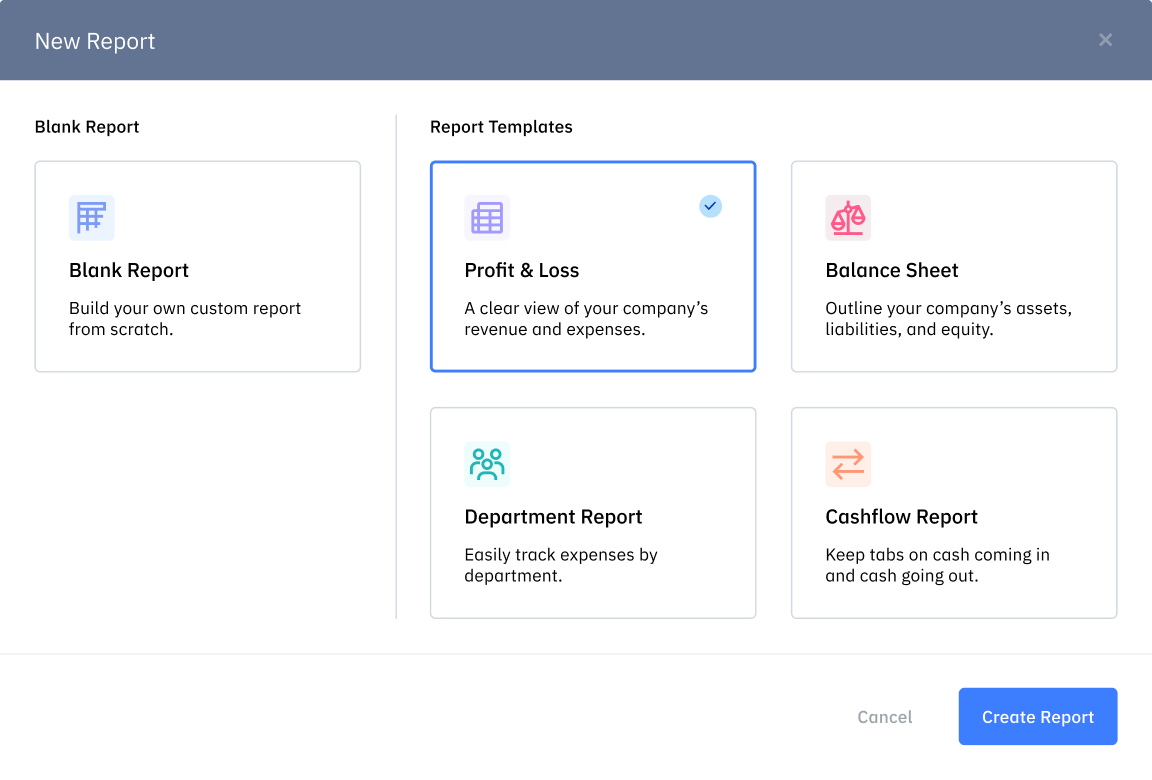
3. Import existing data
Now you’ll need to import your existing information from different financial accounts like QuickBooks or Xero (depending on which you use), bank account(s), and/or credit card(s). This is sometimes referred to as the “Chart of Accounts.” Your bank data could be a statement, or it could just be today’s balance. Ideally, you should pull as much as possible, so you have the clearest, most detailed picture.
The information you should import can be broken down as follows:
- Assets (e.g., checking, savings, amounts owed to the company from customers, inventory, prepaid expenses)
- Liabilities (e.g., line of credit, credit card payable, the amount owed to vendors, payroll taxes payable)
- Equity (assets minus liabilities)
- Income (e.g., product sales, interest)
- Expenses (e.g., cost of goods sold, marketing, travel, rent, office supplies)
If your financial plan is a spreadsheet, you’ll need to manually export your existing data and then import it into your spreadsheet. This process looks slightly different for each different financial account. QuickBooks and Xero both outline how to do this on their websites.
If you’re using a financial planning tool like Pry, you can connect these accounts so they sync automatically via an API integration.
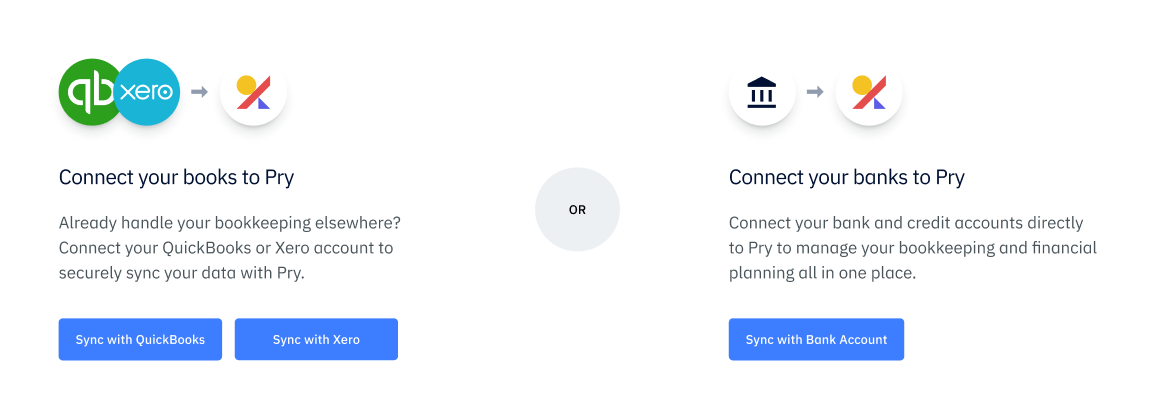
4. Project expenses
Once you have an accurate picture of current accounts, you should start projecting future expenses. These can be broken into two broad categories: direct expenses (aka, costs of sales) and indirect expenses (aka, selling, general, and administrative expenses). Direct expenses include any raw materials, production equipment depreciation, hosting fees, etc. Everything else (other than product costs and capital purchases) is considered an indirect expense.
Salaries and benefits (an indirect expense) are usually the biggest expense at this point, so we recommend starting with this one. You should add existing employees and forecast future hires to predict the additional cost of roles and salaries over time. Be sure to include benefits and payroll taxes. Also, don’t project people out by dollars spent on them — do it by name/role/salary, then convert salary into a monthly cost. For example, 4 Software Engineers, $100k each, Start Dates: July 2021, September 2021, November 2021, January 2022.
Build a headcount plan by role for the pro forma period by month. This approach creates a hiring plan based on revenue timing to properly support the business. It also allows for quick adjustments when modeling revenue changes. – Tiffany Hovland, CPA, Journal of Accountancy
- Legal and professional services (e.g., the costs of incorporating a new business, like business license fees)
- IT (e.g., data storage, software, data security)
- Insurance
- Office rent
- Office supplies
As you make projections about future expenses, remember to focus on high-level estimates based on industry standards, location, and company size.A lot of things can change, and you shouldn’t waste time perfecting predictions — they may not come true, anyway.
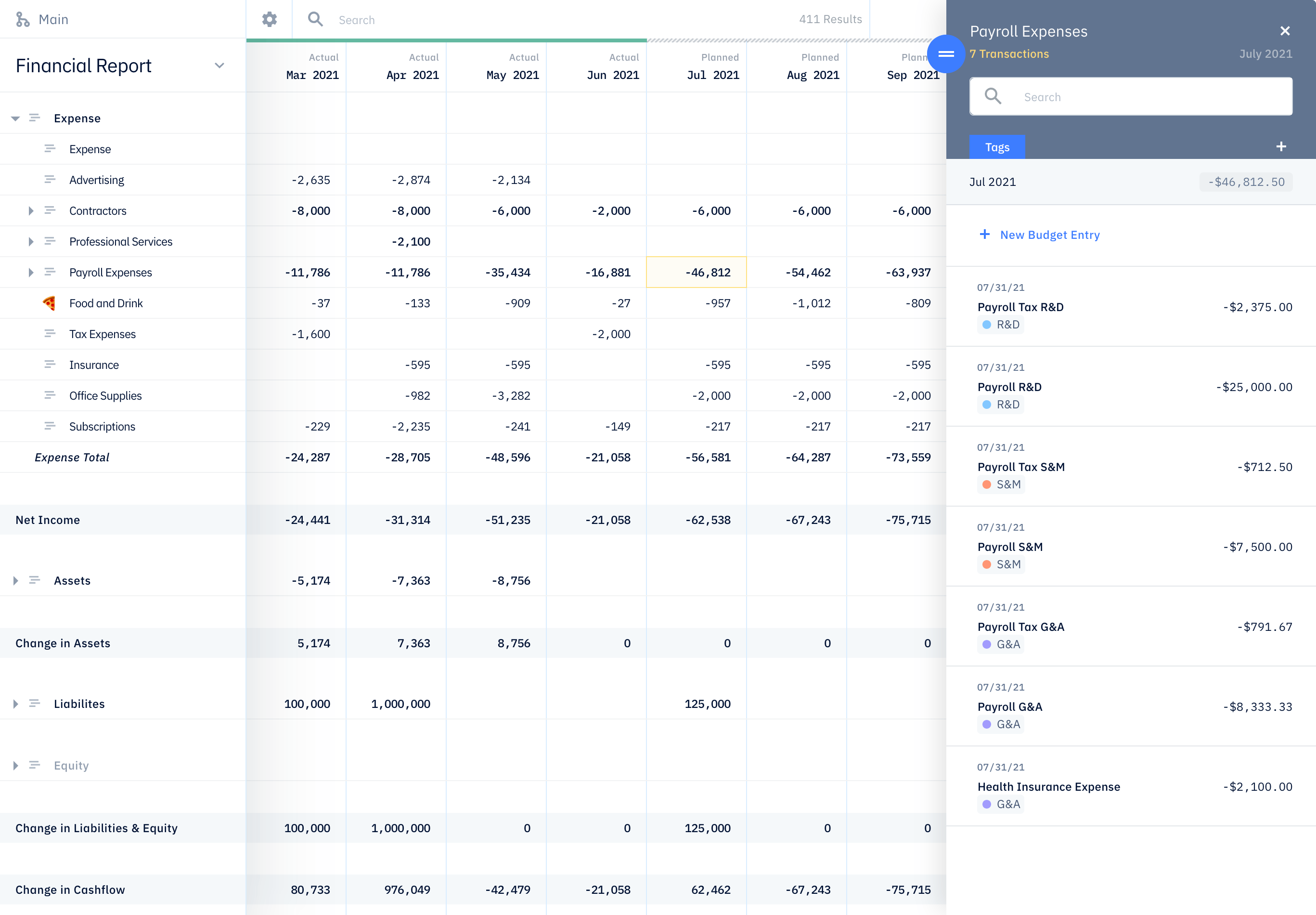
5. Project revenue
Now you’ll describe how your company will produce income. If your company is pre-revenue, you can start with industry standards. Realistic revenue projections are important to investors, and they influence all other assumptions about profit and loss (P&L). If revenue projections are drastically wrong, you may over- or understaff your company or make big purchases you can’t afford.
To make accurate projections, define the revenue levers, drivers, and assumptions. Revenue levers could be products and/or services, software maintenance agreements, or channel partner sales. You also need to identify which activities increase or decrease revenue, as well as pricing and activity assumptions.
One important revenue projection for SaaS businesses is MRR. Here’s an example of this type of revenue projection:
- Revenue lever: monthly subscription revenue
- Revenue driver: marketing spend and conversion rates
- Revenue assumptions: $200 subscription price, 100 initial customers, 25 new signups per month, two churned customers per month
To project MRR using software like Pry, use this formula: MRR = total customers * average subscription price.
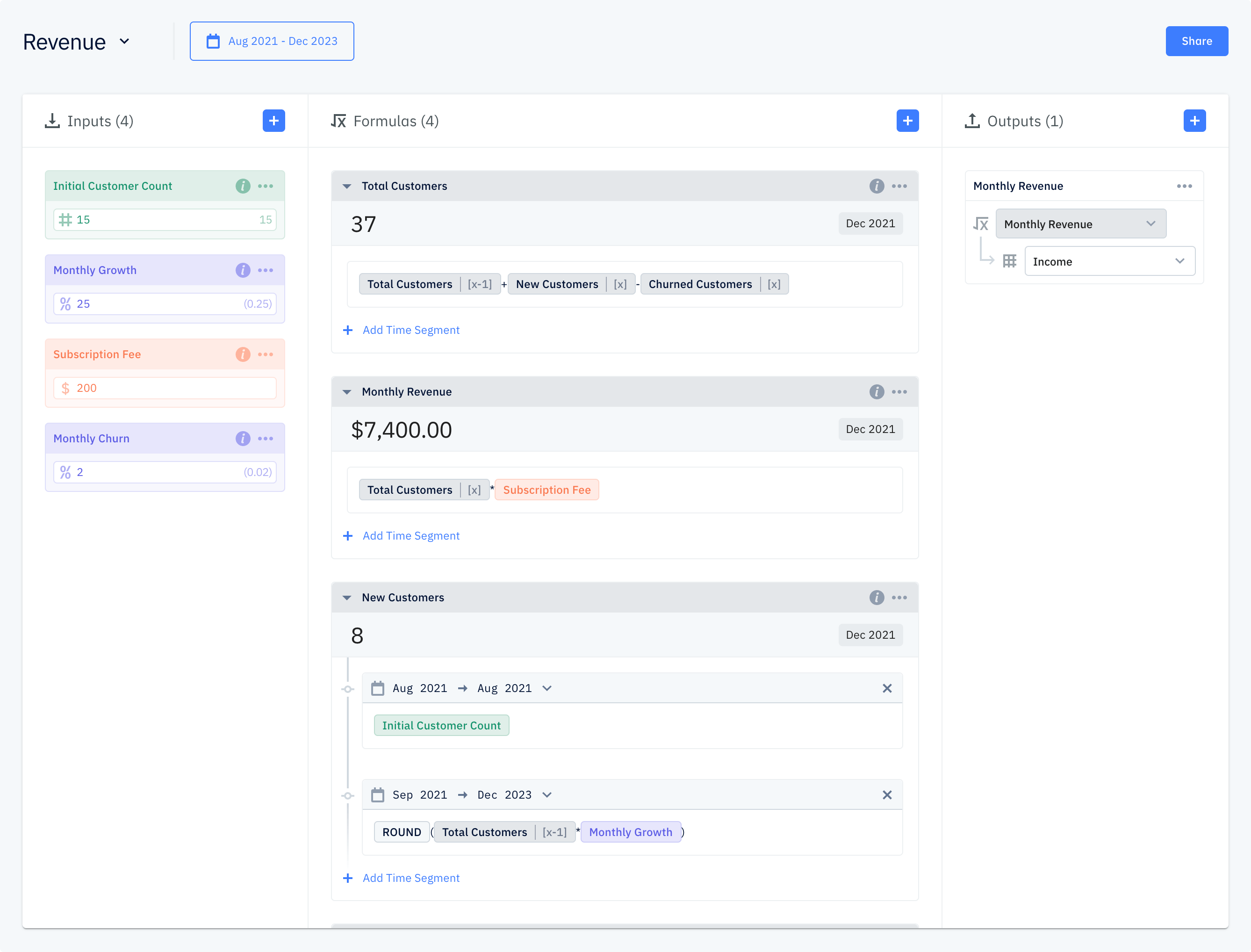
6. Build a report
After you have collected all your current financial information and built out some projections, it’s time to present it in an easily digestible format to drive decision-making. A dashboard is a visual way to summarize and report on the data. It makes it easy for business owners, board members, and investors to look at and know the status of the company.
Now that the estimates are complete, it is time to transform the work into a collection of facts that potential investors and business owners can use to drive decisions. The initial information and discussions should focus on high-level assumptions and give confidence that the business can scale and grow as the example outlines. – Tiffany Hovland, CPA, Journal of Accountancy
If you’re using Excel for your financial plan, you can build these reports as pivot tables. Or, if you find pivot tables too cumbersome, you can create a dashboard easily using software. Here’s what Pry’s dashboard looks like:
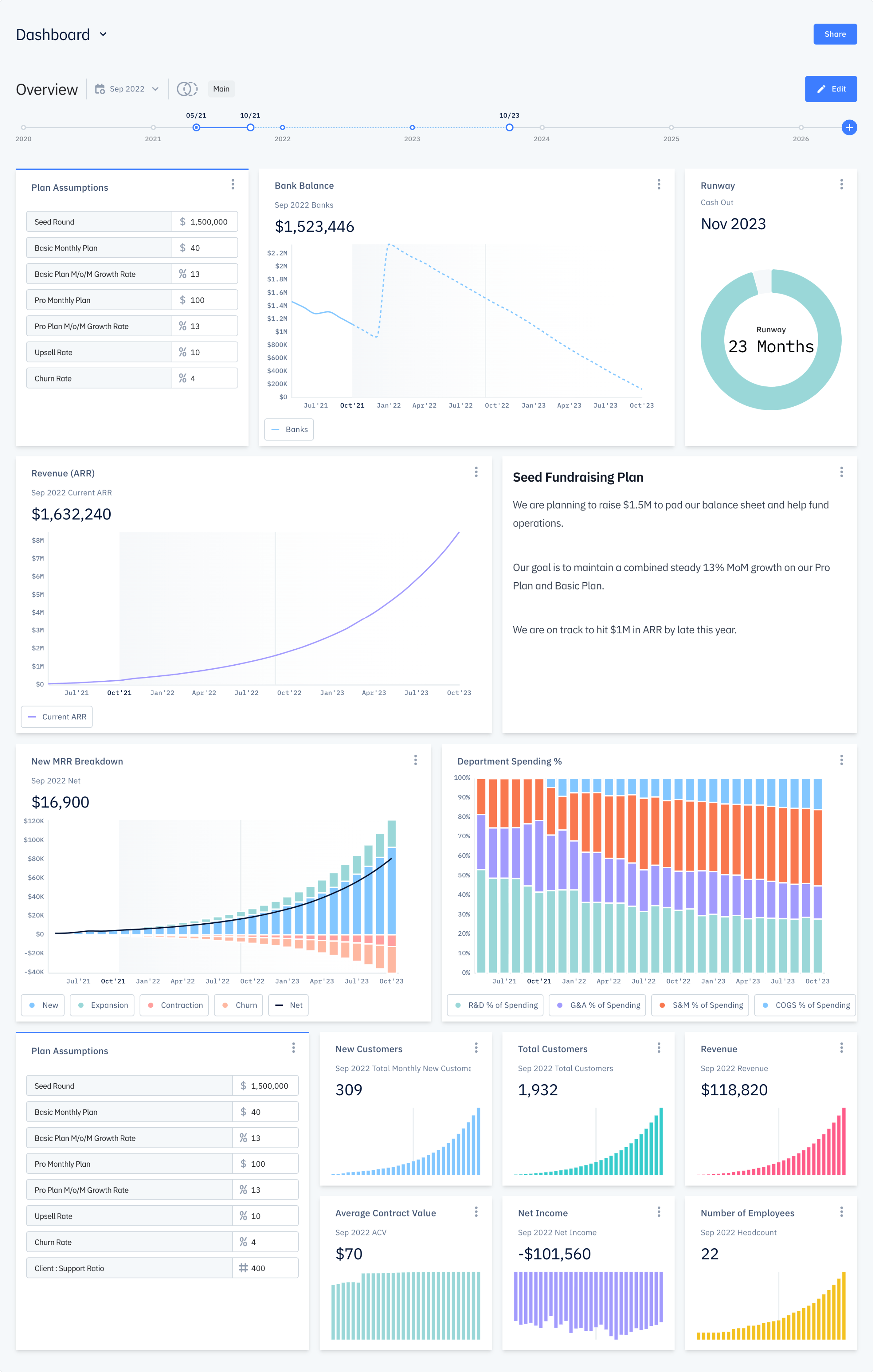
7. Test assumptions
The final step of financial planning is often called a what-if analysis or sensitivity analysis. Now that you’ve built some assumptions about the future, try playing with some different ones — some aggressive and some conservative. Change some inputs and review the reports in different scenarios. This will help you see how the assumptions relate and ensure that the end model makes sense.
Another way to test your assumptions is to compare your company’s metrics to those of other companies. Larger companies might check the SEC’s website for public competitors or companies in a similar space with similar net revenue. If you can’t find a good comparison, though, you can check with investors to see which assumptions you should tweak. Then revise accordingly.
We picked a list of IPO comparables—enterprise-class SaaS companies that had gone public. We look at up to three years of their financial data, and based on our growth rate, revenue, and expenses as a percentage of revenue, we compare ourselves against their metrics. These comparables are a way to validate our progress against our three-year plan. – Jason Purcell, CEO of Salsify
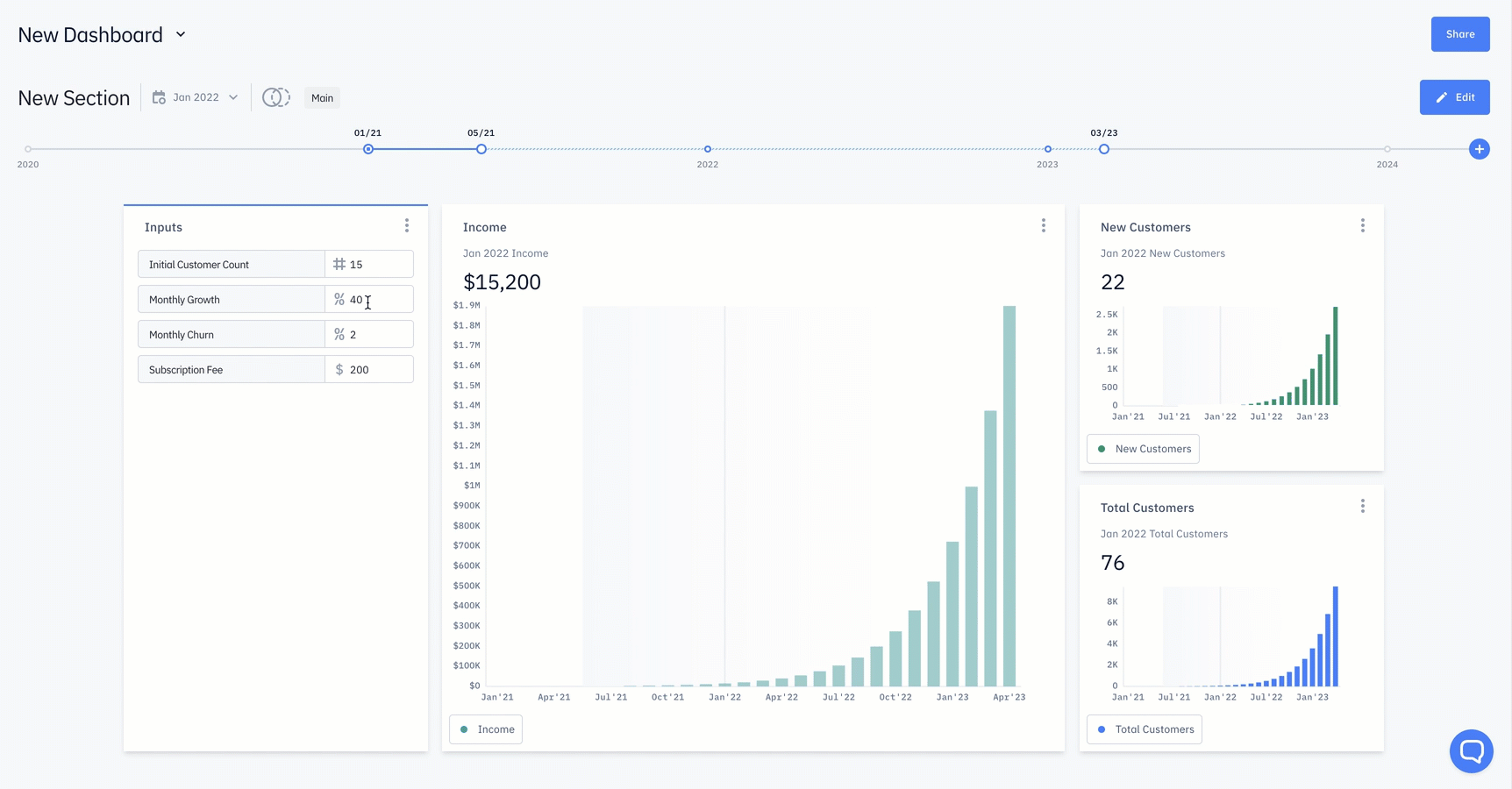
Now it’s your turn (we can help)
The bottom line is that if your startup has expenses, you should also have a financial plan. And now that you know how to create one, it’s time to get started.If the prospect of making pivot tables in Excel intimidates you, try creating a financial plan with an out-of-box tool like Pry. It does everything the expensive firms do but without the hefty price tag.
